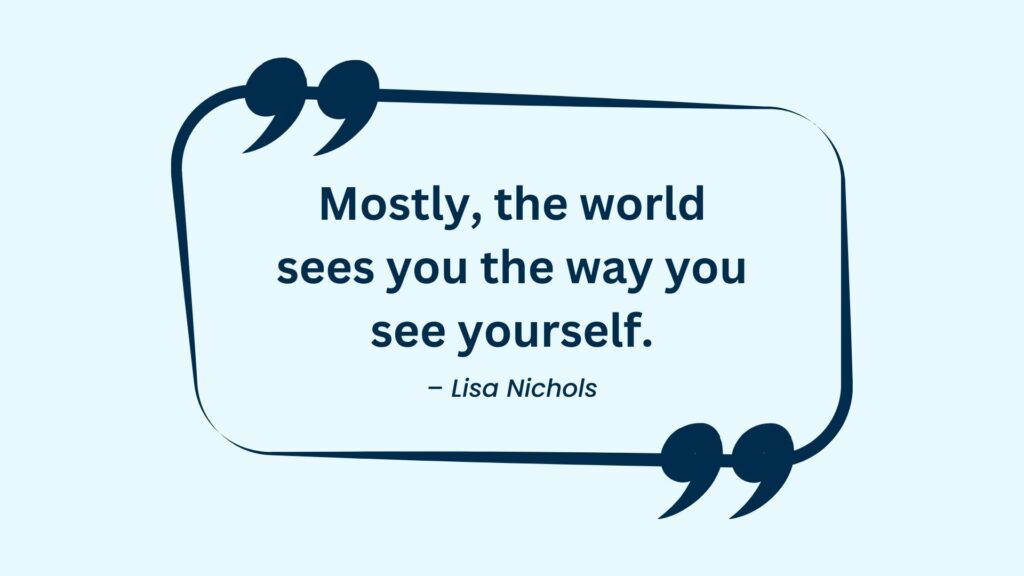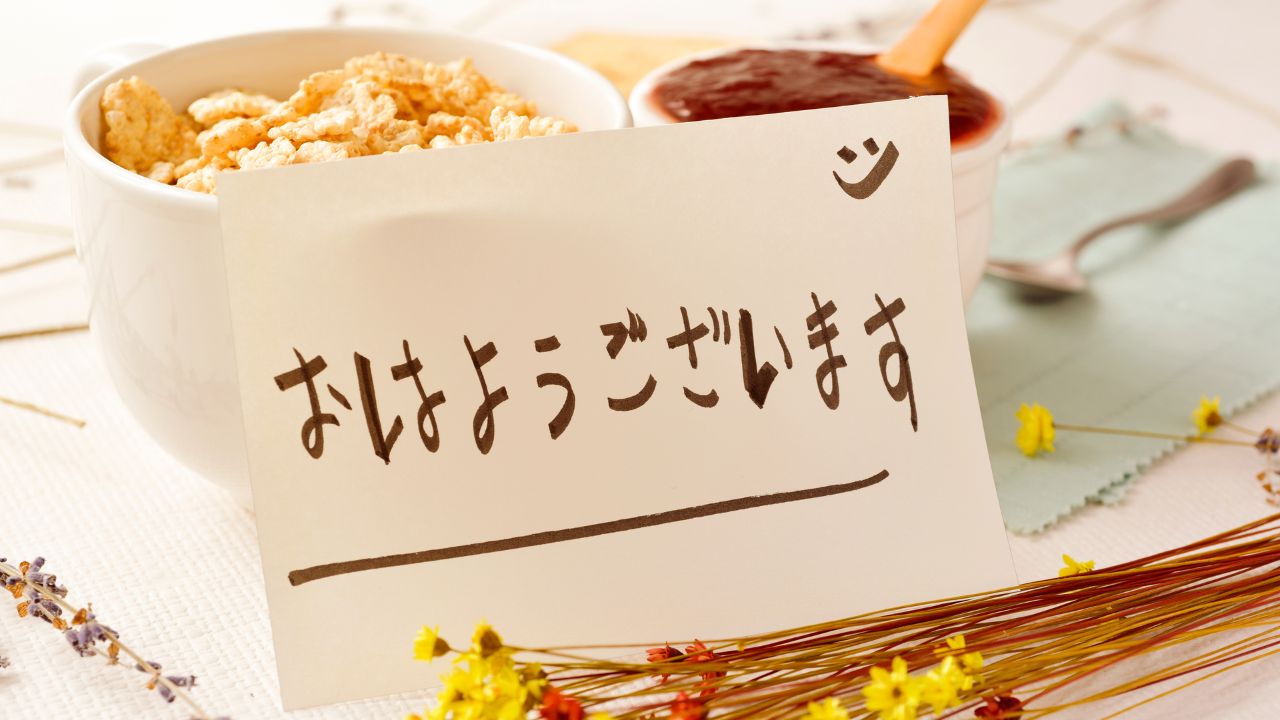Table of Contents [hide]
Are you planning a trip to Japan or just interested in Japanese culture? Then mastering the art of Japanese greetings is essential! Whether you’re meeting someone for the first time, starting your day at work, or greeting a friend on the street, saying ‘Good Morning’ in Japanese can make all the difference. However, with multiple ways to say it and specific situations where each greeting is appropriate, it can be overwhelming. In this blog post, we’ll guide you through everything you need to know about how to say ‘Good Morning’ with confidence in Japanese. So get ready to impress locals with your language skills and dive into this ultimate guide!
Japanese Greetings
Japanese culture values politeness and respect, which is reflected in their language. Greetings play a crucial role in Japanese communication, and they are often used to convey social status and hierarchy. In Japan, it’s common to greet people with a bow instead of shaking hands or hugging.
When meeting someone for the first time, you should use the most formal greeting: “Konnichiwa.” This greeting can be used throughout the day as a general way to say hello.
However, there are different ways to say ‘Good Morning’ depending on who you’re speaking to and what kind of relationship you have with them. For example, when addressing your colleagues at work or clients that you don’t know very well yet, it’s best to use “Ohayou gozaimasu” as it shows respect.
On the other hand, if you’re talking with friends or family members closer in age than yourself or acquaintances who share similar interests as yours then using just “Ohayou” will suffice.
It’s important not only to learn how greetings differ but also understand why they do so. By doing this we can gain an appreciation for another cultural practice while at the same time improving our own interpersonal skills!
The Different Ways to Say ‘Good Morning’ in Japanese
In Japanese culture, greetings are an essential aspect of day-to-day communication. Saying “Good Morning” in Japanese is no exception and can be expressed in different ways depending on the context, formality level, and time of day.
The most common way to say “Good Morning” in Japanese is “Ohayou gozaimasu.” It’s a formal greeting that you can use with anyone regardless of their relationship or social status. However, if you’re speaking informally with someone close to your age or younger than you, then it’s okay to drop the “-gozaimasu” part and just say “Ohayou.”
Another way to greet someone early in the morning is by saying “Asa,” which means morning. While not as common as Ohayou gozaimasu/Ohayou, Asa works well when you’re greeting people who are already doing something like jogging or walking their dogs.
For more casual situations between friends or family members living under the same roof, they might prefer using other greetings such as “Mornin’” (moushiwake arimasen) or “Good Day” (konnichiwa).
It’s important to know when and where each greeting should be used since showing proper respect for others through appropriate language usage goes hand-in-hand with Japanese culture’s emphasis on politeness and respectfulness towards others.
When to Use Each Greeting
Learning how to say “Good Morning” in Japanese is just the first step towards mastering Japanese greetings. It’s also important to know when to use each greeting, as different situations call for different levels of formality and respect.
For example, the most common way to say “Good Morning” in Japanese is “Ohayou gozaimasu,” which can be used in both formal and informal settings. This greeting is appropriate for coworkers, friends, family members, and anyone you are on a first-name basis with.
However, if you’re meeting someone for the first time or speaking with someone who holds a higher status than you (such as a teacher or elder), it’s best to use a more formal greeting like “Konnichiwa” instead.
On the other hand, if you’re among close friends or family members who have already greeted each other earlier that day, saying “Ohayo” (without the polite suffix) might be more casual and fitting.
It’s also worth noting that some greetings have specific times of day when they are appropriate. For instance, saying “Kombanwa” (meaning good evening) would not make sense before sunset.
By understanding these nuances of Japanese greetings and knowing when to use them accordingly shows respect towards Japan’s culture while enhancing communication skills with native speakers.

Tips for Pronouncing Japanese Greetings
When it comes to saying Japanese greetings, pronunciation is key. Here are some tips that will help you pronounce Japanese greetings with confidence:
1. Master the sounds of Japanese vowels: Unlike English, where there are only five vowel sounds, Japanese has a total of 14 vowel sounds. Take time to practice these and get comfortable with them.
2. Listen carefully: One of the best ways to improve your pronunciation is to listen carefully to native speakers. Pay attention not just to the words they say but also how they say it.
3. Focus on pitch accent: In Japan, pitch accent plays an important role in distinguishing between words that might otherwise sound similar. Make sure you pay particular attention to this when practicing your greetings.
4. Practice makes perfect: The more you practice saying Japanese greetings out loud, the better you’ll become at pronouncing them correctly.
5. Don’t be afraid to make mistakes: Don’t worry too much if you make mistakes when speaking Japanese – everyone does! Just keep practicing and focus on improving your skills over time.
By following these tips for pronouncing Japanese greetings, you’ll soon be able to greet people confidently in any situation!
Conclusion
Mastering Japanese greetings is not only a way to show respect and politeness but also an opportunity to connect with people on a deeper level. By learning the different ways to say ‘good morning’ in Japanese and when to use them, you can make the right impression in any situation.
Remember that pronunciation is key, so take your time practicing until you feel confident enough to use these greetings in daily life. With patience and dedication, you’ll be able to greet people with ease no matter where your travels may take you.
So why not start today? Say “ohayou gozaimasu” next time you meet someone in the morning and see their reaction. You might just make their day!







